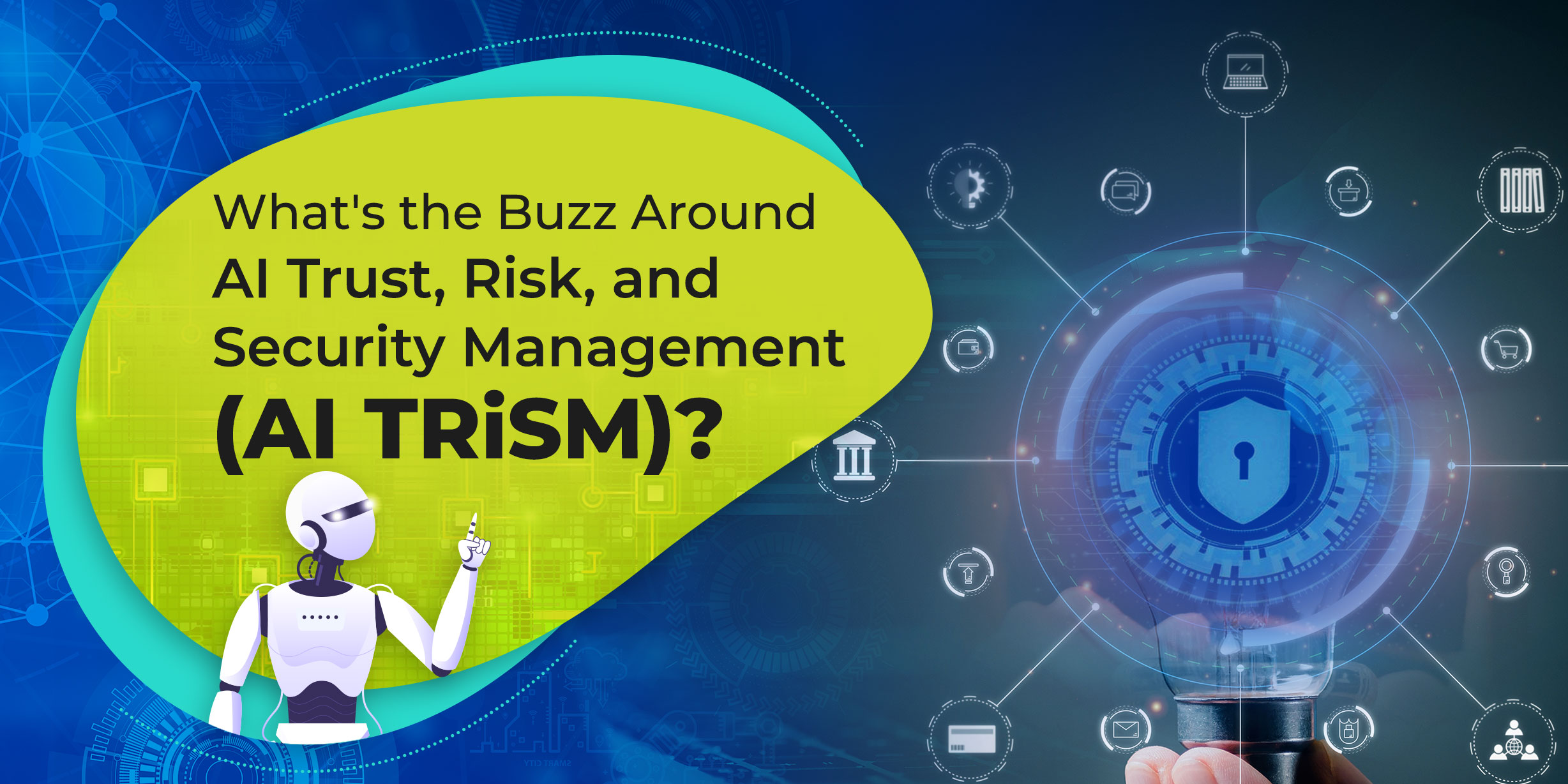As artificial intelligence (AI) adoption across industries skyrockets, the technology needs to be accurate and reliable, with a low failure rate. However, most conversations around the efficacy of AI are still fragmented. Some focus on the fairness of AI and bias removal so that tools like mortgage AI engines make better decisions. Others focus on the security aspect, working towards AI data models that cannot be hacked. Particularly, in sectors like mortgage, AI risk requires special attention.
Yet, as mentioned, most of these conversations occur in isolation from each other, and mortgage adopters have to scramble to put it all together so that every need is met. That is why Gartner recently coined the term “artificial intelligence trust, risk, and security management” or AI TRiSM – envisioning AI that has security measures, risk mitigation, and anti-bias/trust built into the program so that the AI model starts generating value right from the time of production.
Read More: The Impact of AI on the Mortgage Industry
What is AI TRiSM?
Artificial intelligence is no longer just a complex tech tool used in advanced data science or supercomputers. It has a pervasive effect on our daily lives, from deciding what we watch on television, to selecting the best products, and limiting how much a home buyer can borrow. In fact, mortgage AI in chatbots power most customer conversations in servicing workflows today.
Given this broad business impact of artificial intelligence, it is essential that it functions as expected. However, that is not always the case. When businesses approach AI as a complex, black-boxed technology, risk and security management becomes an afterthought. This leads to negative outcomes that can be damaging both for the business and its customers.
This is what Gartner aims to address with the consolidated field of AI TRiSM. In risk-heavy areas like mortgage AI and other types of financial services, AI TRiSM will ensure that only value-generating AI models go into production.
Gartner defines AI TRiSM as the practice of ensuring:
“AI model governance, trustworthiness, fairness, reliability, robustness, efficacy, and data protection [through] solutions and techniques for model interpretability and explainability, AI data protection, model operations, and adversarial attack resistance.”
By 2026, businesses that can work on AI TRiSM will achieve a 50% improvement in the results of their AI models. Conversely, those that cannot manage trust, risk, and security will experience poor outcomes and security breaches.
Read More: 5 Ways You Can Benefit From an AI-Powered Digital Lending Platform
3 Reasons for the Buzz Around AI TRiSM in the Mortgage Industry
There are several reasons why researchers, developers, and mortgage industry experts are taking AI TRiSM seriously:
1. AI algorithms tend to reflect human bias
We are yet to reach true artificial general intelligence (AI that makes decisions autonomously), which means that human beings are still in charge of programming AI and deciding the rules for decisions. As a result, the programmer’s individual bias may creep into the algorithm and influence its actions. AI TRiSM attempts to promote a more transparent way of building AI so that anyone can look underneath the hood.
Consider, for example, the software banks use to predict whether a borrower will repay their debt. Unfortunately, these algorithms (whose working is hidden) tend to favor more affluent applicants. With AI TRiSM, you can hold AI accountable, and question/modify its decisions.
2. Mortgage AI system failure is often due to insufficient data
In addition to human bias, gaps in mortgage AI training data can also lead to failure. For example, in a massive-scale study of mortgage data by Stanford University and the University of Chicago found that differences in mortgage approval rates between minority and majority groups often come down to data discrepancies. Minority and low-income borrowers often have less information on their credit history (e.g., they may not own a credit card), which makes the decision of mortgage AI models less precise.
AI TRiSM will be able to address this by prioritizing model reliability and trustworthiness even before it goes into production. “Staff from the legal, compliance, security, IT, and data analytics teams” (as per Gartner) work together to develop these sorts of solutions, which flags and removes discrepancies from the get-go.
3. The current mortgage AI market is fragmented
If you want to build a secure, reliable, trustworthy, and transparent mortgage AI solution, chances are that you will have to stitch together technologies from different vendors. For instance, someone might provide an explainable mortgage AI algorithm, that isn’t black-boxed. Another vendor will offer a tool for detecting anomalies. Yet another vendor will specialize in protecting data in motion and at rest before, during, and after AI processing. This leads to duplicated costs and efforts, not to mention a high risk of errors.
In contrast, the working principle behind AI TRISM is that there will be one mortgage AI specialist with cross-functional expertise in risk management, analytics, and cybersecurity, as well as the technical skills to get AI into production through DevOps, the cloud, and other enablers.
Nexval is one such mortgage process outsourcing partner that intersects AI skills with domain knowledge. Our team of 1000+ subject matter experts makes it easier for businesses to start their AI journey on the right foot – with built-in AI TRiSM principles, and not an afterthought.
Speak with our Tech Gurus to learn how.



